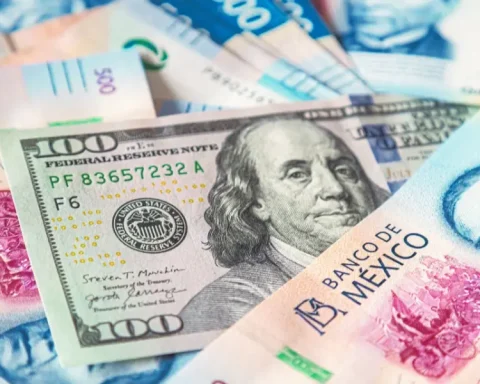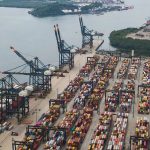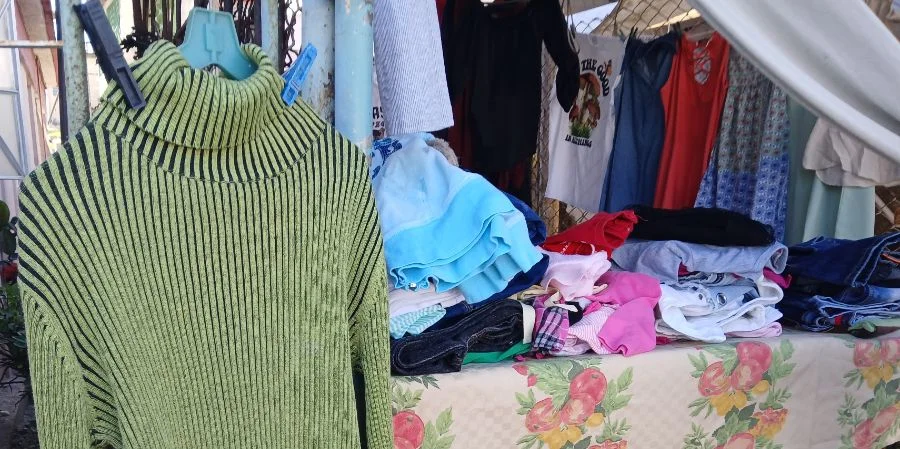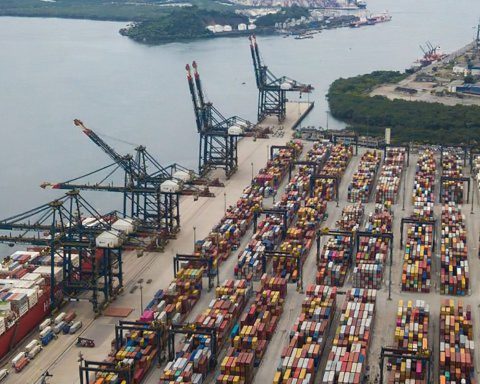That same month, the overall US trade deficit decreased 11.9% compared to September. However, the trade deficit with Mexico increased significantly, reaching $16,377 million, the highest level recorded for a single month.
It is expected that in the last months of the year (November and December), as well as in January 2025, US imports from Mexico will have a significant rebound.
A double edge for Mexico
Carlos Ramírez, managing partner of Integralia Consultores, points out that this trend responds to the fear of possible tariffs announced by Donald Trump.
“It is logical that companies are anticipating the possibility of new tariffs, advancing their purchase orders. We already saw in the October data a possible effect of this situation. Although Trump had not yet won the elections at that time, it is natural that companies seek to maintain preventive inventories in the event of the eventual implementation of tariffs,” explains the specialist.
For Mexico, this phenomenon represents an increase in its exports in the short term, but could have negative consequences if Trump’s proposed tariffs come into effect from the first day of his mandate, which will be January 20, 2025.
“For now, the data is tainted by the ‘Trump risk.’ We will probably see an initial positive impact on Mexican exports, followed by a drop if the tariffs are implemented,” adds Ramírez.
These advance purchases can also be understood by the difference in previous threats to Mexico; this situation has been brewing for months, first during the presidential campaign and then with Trump’s reaffirmation after winning the elections. In 2019, during his first term, the Republican announced a 5% tariff on Mexican imports at the end of May, with implementation expected in 10 days. However, this measure was quickly deactivated by the Mexican government.
The current difference lies not only in the anticipation time, but also in the magnitude of the threat. This time, the proposed tariff is five times higher, reaching 25%.
The concern is also reflected in the recommendations that some consulting firms are making to their clients, such as EY, which says that strategic planning will be key to mitigate the effects of these additional tariffs, which would not only apply to Mexico, but also to Canada and China. One of the immediate suggestions it makes to American companies is to advance imports of products from the affected countries before January 20, 2025.
However, these strategies come with significant challenges, such as additional inventory holding costs, transfer pricing, direct cost implications, limitations on perishable products, and effects on cash flow.
Retailers begin to move
Another indication that importers’ operations are increasing due to tariff threats is the report from the National Retail Federation (NRF). Although it is not yet clear whether the tariffs will be implemented immediately or will require more time, shippers are accelerating the movement of goods in anticipation of possible trade restrictions.
According to the report Global Port Trackerpublished this week by the NRF and Hackett Associates, the possibility of a new strike next month at East Coast and Gulf Coast container ports, along with President-elect Donald Trump’s plans to raise tariffs, is driving a sustained increase in imports through the country’s main ports.
The report estimates that, at the 16 major US container ports monitored by Global Port TrackerNovember volumes will reach a record 2.17 million 20-foot equivalent units (TEU), representing a 4.4% increase over the same month last year.
Additionally, December volumes are forecast to reach 2.14 million TEU; 14% more than last year. “With the possibility of a new strike next month at East Coast and Gulf Coast container ports and President-elect Donald Trump planning to increase tariffs, the country’s major container ports are expected to see a continued increase in imports until next spring,” the NRF projects.













